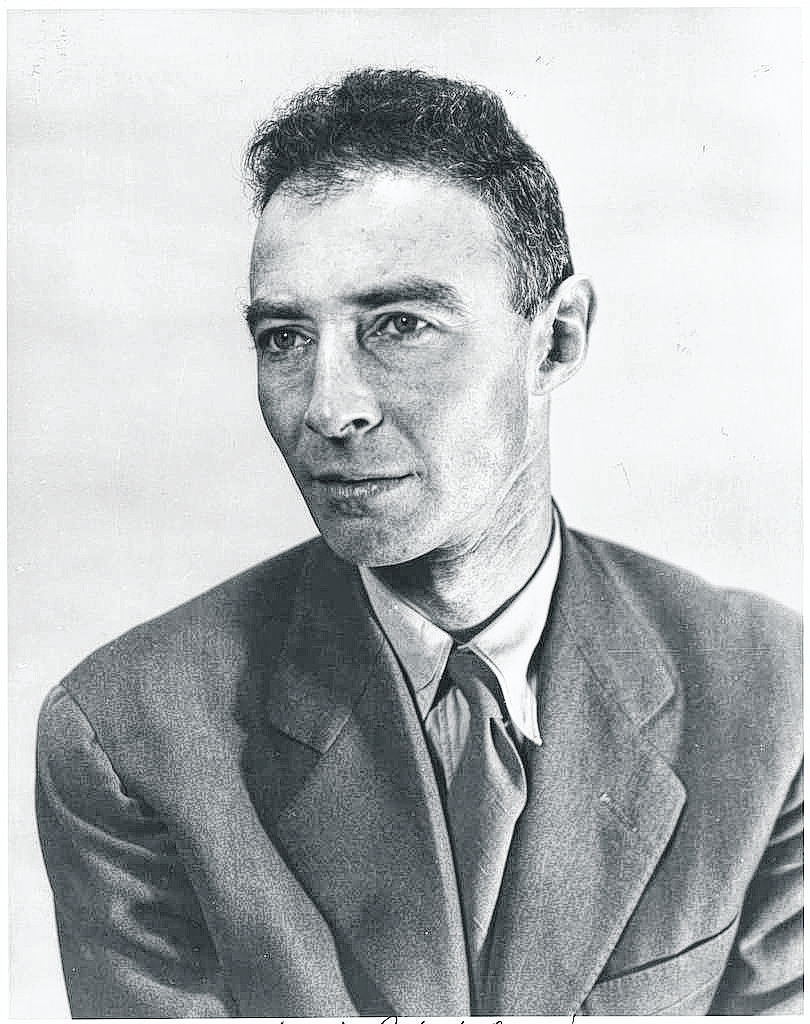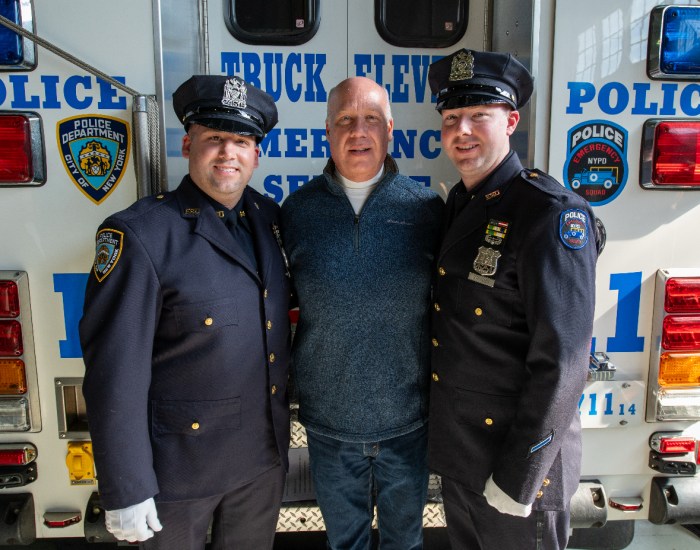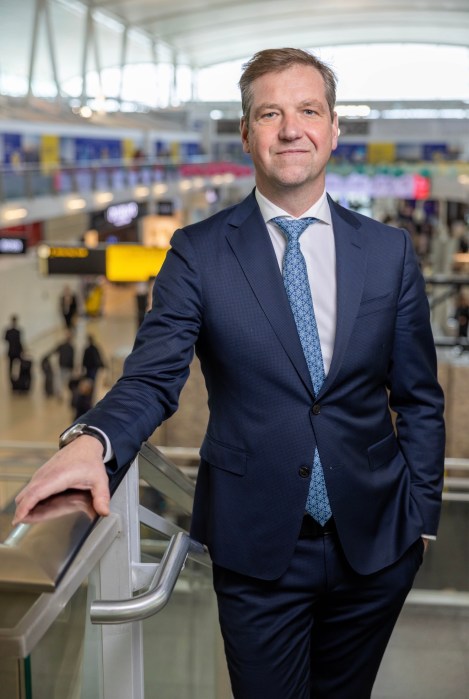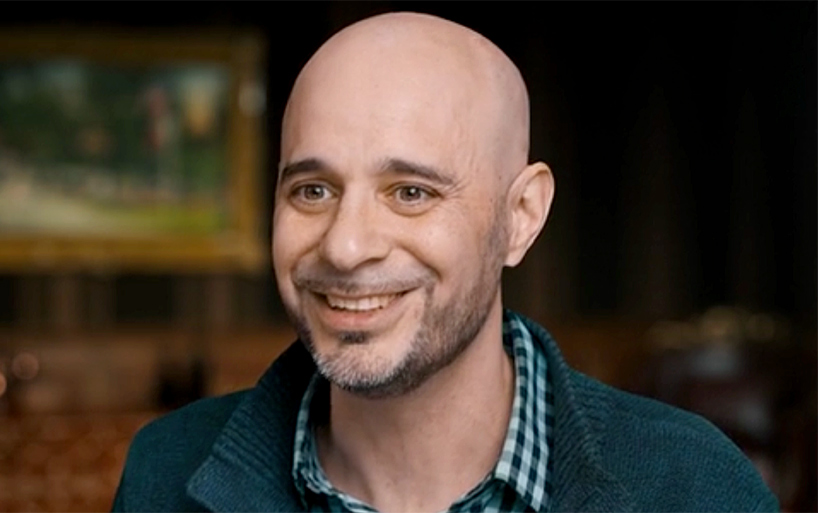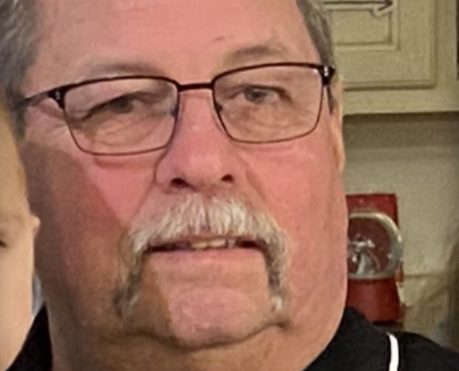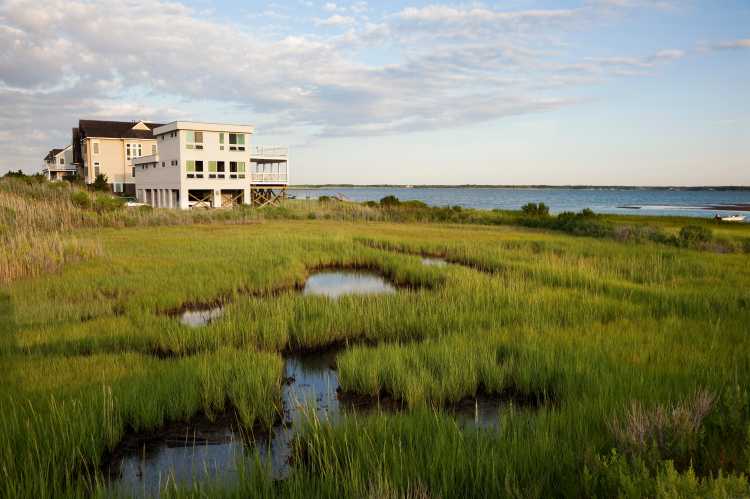He was an immigrant’s son. A sailor. An equestrian. And a poet who wrote about a small Long Island town where he enjoyed idyllic holidays.
He was also a scientific genius who was well versed in eight languages — and yet, he had no telephone, no radio, and did not read newspapers or current magazines.
How did J. Robert Oppenheimer, a man who as a child was seen as shy and introverted, live through bouts of depression and self-questioning to become known for his charm, his witty remarks — and for creating the atomic bomb?
ODE TO THE GREAT SOUTH BAY
As an adult, Oppenheimer recalled, ”My life as a child did not prepare me for the fact that the world is full of cruel and bitter things.” Julius Robert Oppenheimer was born in New York City in 1904 to wealthy, nonobservant Jewish parents. His father was a German immigrant who captured the American dream in Manhattan through his textile importing business; his mother was a Baltimore artist.
Their son, described as both solitary and precocious, grew up surrounded by fine European furniture and original artworks painted by the masters, in a large apartment. The Oppenheimers employed a chauffeur and servants, according to the National Park Service.
When the boy was 12, the family bought a 6-acre, 25-room Colonial Revival vacation estate on South Saxon Avenue in Bay Shore on Long Island’s South Shore. Well-to-do people would journey to what was perceived as a welcoming community — a holiday destination for upper-class Americans, many of whom were Jewish.
He loved sailing and water sports, exploring the town, savoring the breezes of the Great South Bay through his poetry — “The sharp salt breeze wafts up from the ocean, thoughts of the green of the welling sea” — and learning to ride horses. He enjoyed 12 years of vacations there, before the family sold the home when he was 24. He became what The New York Times described as an impetuous seaman who “loved sailing in summer storms, racing the boat against the tides through the inlet at Fire Island and straight out into the Atlantic.”
Oppenheimer graduated from the Ethical Culture School in 1921. But he contracted dysentery and was too ill to attend college. When he was 18, he went to New Mexico to build up strength through outdoor activities, developing a love of the state after taking pack trips on horseback through its mountain ranges. There he discovered the Los Alamos Ranch School, an isolated facility that would figure prominently in a future no one could have predicted.
PHYSICS AND EASTERN PHILOSOPHY
At Harvard University in 1922, the somewhat socially awkward Oppenheimer published his poetry, excelled in Latin and Greek, studied physics and Eastern philosophy, and graduated in three years summa cum laude. Despite his academic distinctions, he was what the Times called “a brooding searcher for ultimate spiritual values.” As he himself observed, “My feeling about myself was always one of extreme discontent.”
While studying at the Cavendish Laboratory at the University of Cambridge, England, he became fascinated with quantum mechanics. In 1926, he transferred to Germany’s University of Göttingen to continue atomic research. While there, he sought treatment for depression, consulting three psychoanalysts in four months. The next year, he published On the Quantum Theory of Molecules, a breakthrough effort that used quantum mechanics to understand molecules’ behavior; he was awarded a doctorate in physics that same year. He relocated in 1929 to teach physics at the University of California at Berkeley and the California Institute of Technology.
THE DESTROYER OF WORLDS
During the California years, during rare public appearances, he spoke “illuminating” words “with diffidence and modesty,” according to the Los Alamos National Laboratory. He was also a chain smoker: One Berkeley student recalled that ‘the most distinctive feature of his lectures [was] his chain smoking. He spoke quite rapidly, and puffed equally rapidly.’”
In 1939, Nazi Germany, under dictator Adolf Hitler, invaded Poland and Russia, triggering the start of World War II. American physicist Albert Einstein and other scientists warned the U.S. government about Germany developing a nuclear bomb. Several years later, in 1942, British and American physicists conceived of a way to harness nuclear energy (the Manhattan Project), and Oppenheimer was named to establish and administer its top-secret laboratory. He chose the Los Alamos Ranch School, 16 miles from the nearest town. The New Mexico site he had discovered decades earlier became the Los Alamos National Laboratory, and he was its director from 1943-45.
He led the scientists who were responsible for the successful detonation of the first atomic bomb device in July 1945 — code name “Trinity” — two months after Germany surrendered. As Oppenheimer watched the test, he recalled the Sanskrit scriptural text from the Bhagavad Gita: “Now I am become Death, the destroyer of worlds.”
The team also developed and tested the first uranium bomb, to be used against German-allied Japan. The bomb was dropped on the cities of Hiroshima and Nagasaki in August 1945. Of the bomb that pulverized Hiroshima, Oppenheimer said, “Scientists had come, because of this experience, to know sin.”
He was a 41-year-old genius whose invention ended World War II — by killing approximately 140,000 people in Hiroshima and 64,000 in Nagasaki.
He died of throat cancer in 1967 at age 62.




